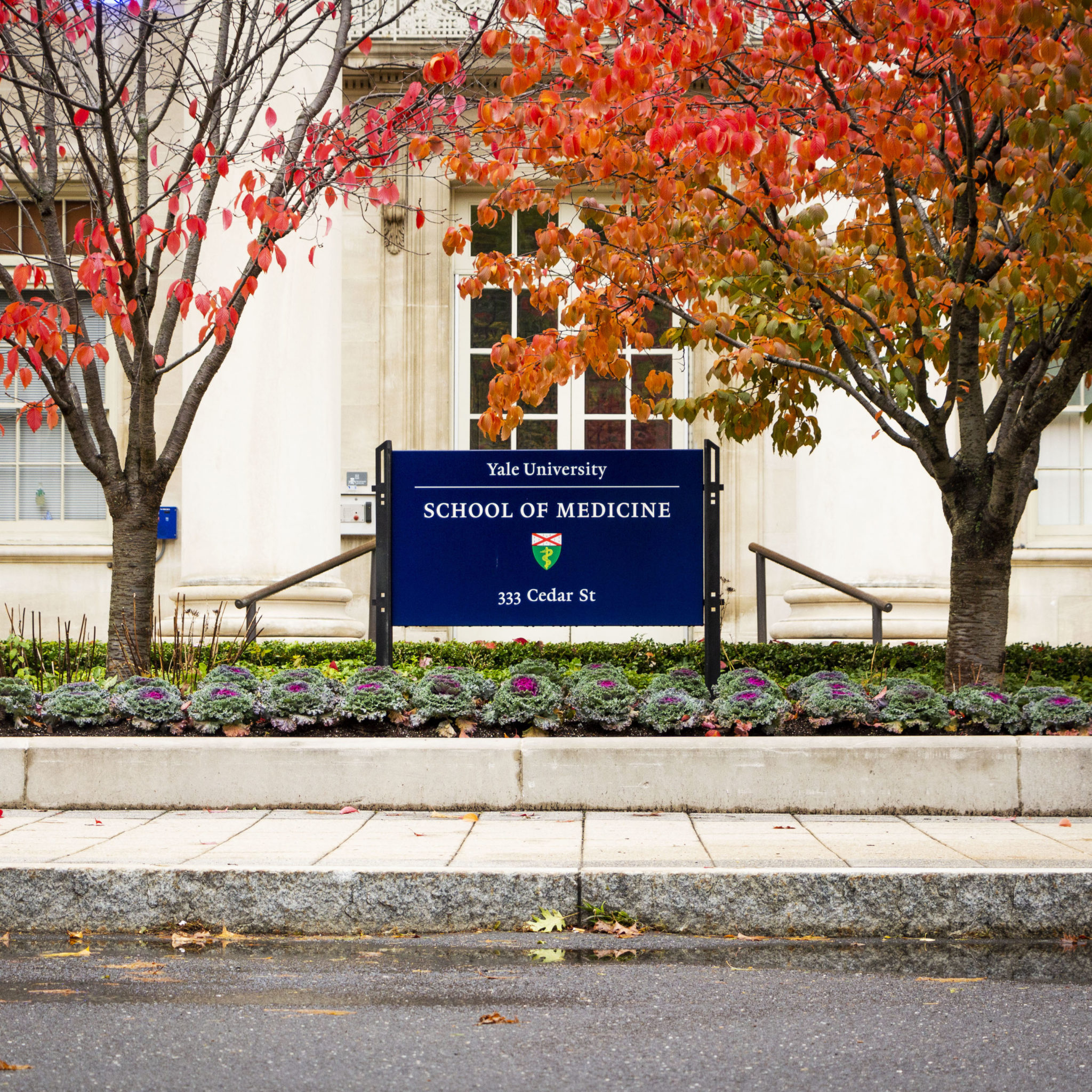
As the pandemic rages on, seasonal affective disorder — seasonal depression and winter depression — is projected to worsen amid increased stress, decreased sunlight and increased time indoors.
Seasonal affective disorder, also known as SAD, has a history of affecting the Yale community. Due to Yale’s northern latitude and frequency of gray days, seasonal affective disorder impacts students, and the conditions of the coronavirus pandemic are set to exacerbate it. According to the Yale Department of Psychiatry, SAD affects up to 11 million Americans every year. The condition — with symptoms similar to those of major depression — is characterized by its recurrent seasonal pattern, and it lasts about four to five months of the year in either the winter or summer, according to the National Institute of Mental Health.
Paul Desan MED ’93, director of the Winter Depression Research Clinic at the Yale School of Medicine, studies SAD with his research group. They are looking to understand the causes of SAD and find effective treatments for the condition.
“[SAD is] a big public health problem,” Desan told the News. “People have seasonal mood changes relatively commonly, other symptoms as well, and there’s not much understanding or information that is out there.”
According to Desan, surveys show that at mid-Atlantic latitudes — including New Haven — about 5 percent of people struggle with seasonal affective disorder. Desan and his team believe that the winter has significant effects on mood, energy or sleep in up to 15 percent of people.
Jewel Moore ’21, who serves as a first-year counselor in Trumbull College, told the News that while she thinks SAD is prevalent on campus, she believes Yalies are more ready to attribute lower-than-average moods to “midterm season’’ or an increased workload, rather than thinking about mental health issues or SAD.
For first years struggling with SAD, Moore emphasizes how FroCos — as well as Yale Mental Health and Counseling, Walden Peer Counseling, the Chaplain’s Office and the Good Life Center — serve as a great resource to provide support. But as most first years are moving to remote learning, there may be added barriers to seeking support from those Yale programs.
For students taking classes remotely, the change in social environment has also worsened SAD. Sanchita Kedia ’23, a sophomore enrolled remotely who suffers from SAD, has found the decreased social interaction to be “very harmful.” Many sophomores and remote students are living at home with their parents and do not get to see many friends in person, which can increase feelings of isolation.
Students — such as Mariko Rooks ’21, a senior living off campus in New Haven — have recognized and learned to cope with SAD throughout their time at Yale.
“I think that I’ve gotten better at dealing with SAD every year,” Rooks wrote in an email to the News. “My first year I didn’t even realize the weather had such a big effect on how I felt, but once I realized that it made each year a little bit easier.”
Although treatments for SAD can consist of therapies used to treat major depression — such as antidepressants and cognitive behavioral therapy — Desan and his team at Yale study the effects of light boxes for treating SAD.
Their research has shown that about 80 percent of people will see benefits from doing daily bright light therapy for about half an hour before 8 a.m., according to Desan.
“People are getting outside less and are less exposed to natural light,” Desan said. “Exposure to bright light early in the morning is the most important factor in affecting the circadian rhythm system. … Our homes tend to be dimmer than offices, and offices of course are dimmer than outside.”
Although the positive effects of light box therapy have been proven, Desan cautioned that, as of now, the U.S. Food and Drug Administration has not set standards for lights that treat SAD, potentially leading to many consumers pursuing ineffective therapies.
For the therapy to be effective, Desan’s research has shown the lights must provide a brightness rating of 10,000 lux from 2 feet away — approximately the same luminance rating of a summer day. While many lights claim to provide 10,000 lux, some lamps do not do so from a comfortable distance, making it difficult for the patient to receive proper therapy for half an hour each day.
While light box therapy can be effective when treating SAD, Desan cautions against substituting light box therapy for seeing a mental health expert.
“A student who thinks they might have seasonal affective disorder should seek help — I do not advise students to treat depression on their own,” Desan told the News. “If people think they are having an effect of seasons, it’s not their imaginations. It’s real, and I recommend they consult a behavioral health therapist.”
Counseling appointments through Yale Mental Health and Counseling are available to all students enrolled at least half time in a Yale degree program.
Erin Bailey | erin.bailey@yale.edu







